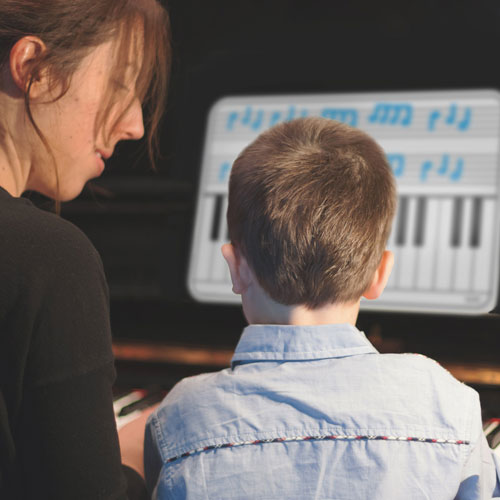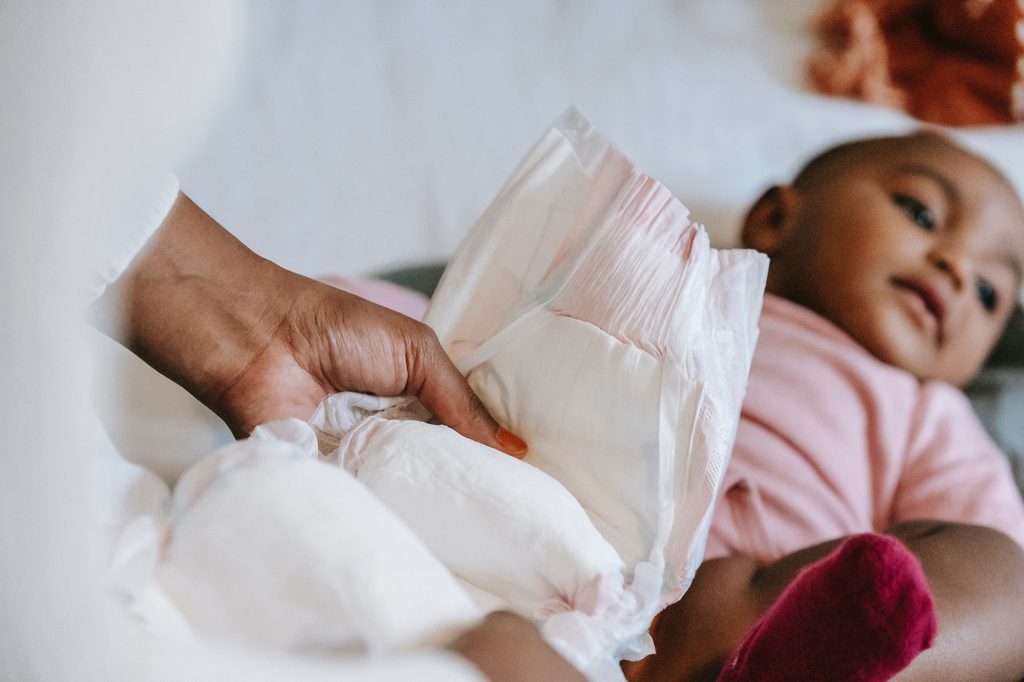Are you a busy daycare teacher with barely any time during the day? I was in your shoes once, and a custom diaper tracking chart would have saved me a lot of time.
Diapering and potty training can take up to half of your day combined, especially when you care for infants and toddlers. Preschool teachers have to make sure all of the children in their class use the bathroom before outdoor play and nap time. At many centers, you are expected to create your own diaper tracking chart.
But what if it was standardized throughout the whole center, for each age group, saving you time during your already busy day?
When Should You Change a Diaper
In general, you should change a baby’s diaper every two to three hours, or as often as needed. Toddlers can wait longer as they pee less often. Some diaper brands have a color-changing wet indicator, but it is still important to manually check for poops.
Less frequent changes or an expanded time between changes may cause diaper rashes. Both poopy and overly wet diapers irritate a baby’s skin, and lingering bacteria may even contribute to bladder infections. Severe rashes can bleed and become infected. Additionally, frequent diaper changes help prevent messes. No one wants full diapers to leak onto the child’s clothes, car seat, crib, and more.
What is a Diaper Tracking Chart
At home, parents can change their baby’s diapers whenever they want and they might not need to keep track of when and what was in the diaper. As teachers, we need to communicate with parents about how many diapers their child had and if there are any concerns. Not only does keeping track provide valuable information to the parents, but it also keeps teachers accountable. The chart shows parents that we made sure their child had a clean diaper throughout the day.
At my center, we also had an app to communicate with parents. It was much easier to use a diaper tracking chart and then transfer information into the app during naptime. The whiteboard also provided an easy visual to show who still needed a diaper change.
Another important aspect of the diaper tracking chart is to indicate the diapering preferences of the parents. Some children need diaper cream with every change or only when a rash is present, some children have different creams based on the severity of the rash, and some children wear cloth diapers and there’s a specific container for their soiled diapers.
The whiteboard helps remind teachers of each child’s requirements. After a few weeks of getting to know our class, we tend to memorize the preferences, but reminders are important for teacher assistants or other teachers covering your classroom.
Preschooler Bathroom Tracker
While preschoolers didn’t have diaper changes that we need to monitor, at my center, we still needed to keep track of when they go to the bathroom. We didn’t need to pay attention to every bathroom break, but it was imperative to make sure the children used the bathroom at key times: before going outside in the morning and afternoon, and before naptime.
This wasn’t data we sent home to the parents, but whiteboards helped us make sure that each child at least tried to use the bathroom. We wrote their name on a board next to the bathroom door after they used the restroom. This was especially helpful because preschool rooms could be up to 20 children and it was difficult to remember who used and didn’t use the bathroom.
Process of Building a Diaper Tracking Chart for a New Class
When we teachers were assigned new students, part of preparing the classroom involved erasing and redrawing the table on the diaper board. We designed the table to write the children’s names down the left side, and across the top were the key times for diaper changes – usually 9:00 am, 12:00 pm, and 3:00 pm. There was also space in the table to indicate the diapering preferences of the child’s parents.
Redrawing the table was always a tedious process, involving scrubbing off the permanent marker table with sunscreen and a Magic Eraser. Then we could redraw the table cleanly with our new students’ names. We needed to use oversized rulers to make the lines straight – and not every classroom, especially infants and younger toddlers had such large rulers. We had to borrow from our coworkers.
Sometimes we had to redraw the table every few weeks because even permanent marker faded off after erasing the board every day. We also had to do this before or after our shifts because Magic Erasers are not allowed in the classrooms.
How Custom Whiteboards Solve the Problem
If every classroom had a board with a custom table already printed onto the whiteboard, that would have collectively saved us hours. The board could be specifically designed to what teachers of different ages need.
For example, infant classrooms could have a combined bottle and diaper tracking board. Toddler classrooms would need a whiteboard to just track diapers. In a preschool classroom, we would only need to write the children’s names once into a table and put a simple tick mark after they used the bathroom at each key moment of the day.
A custom-designed whiteboard that matches the center's branding looks more professional than a hand-drawn board with uneven lines and faded marker stains. The board could even have the center’s logo in a corner. Professional appearance is important for a center when potential parents walk through classrooms on a tour. A professional, clean diaper tracking board might be the difference between your center and another.
Key Takeaways
In conclusion, a custom diaper tracking chart would have made a significant impact on my daily routine as a daycare teacher. With the fast-paced nature of the job, keeping track of diaper changes, bathroom visits, and diapering preferences of each child can be a daunting task. A standard, professionally designed whiteboard specifically tailored to the needs of different age groups, such as infants, toddlers, and preschoolers, would not only save teachers time, but also provide valuable information to parents, show accountability, and improve the overall professional appearance of the daycare center. Implementing a custom diaper tracking chart could be a game changer for busy daycare teachers, making their day-to-day routine smoother and more organized.
You can follow us on all social media @MyWhiteboards.
Why Choose Us?
We are a small business whose products are made in the U.S.A. We specialize in dry erase boards, dry erase wall coverings, portable dry erase units, high-quality custom printed whiteboards, fast shipping, and five-star customer service. Over the last three decades, we’ve worked hard to deliver industrial-quality whiteboard solutions that won’t hurt your budget.







